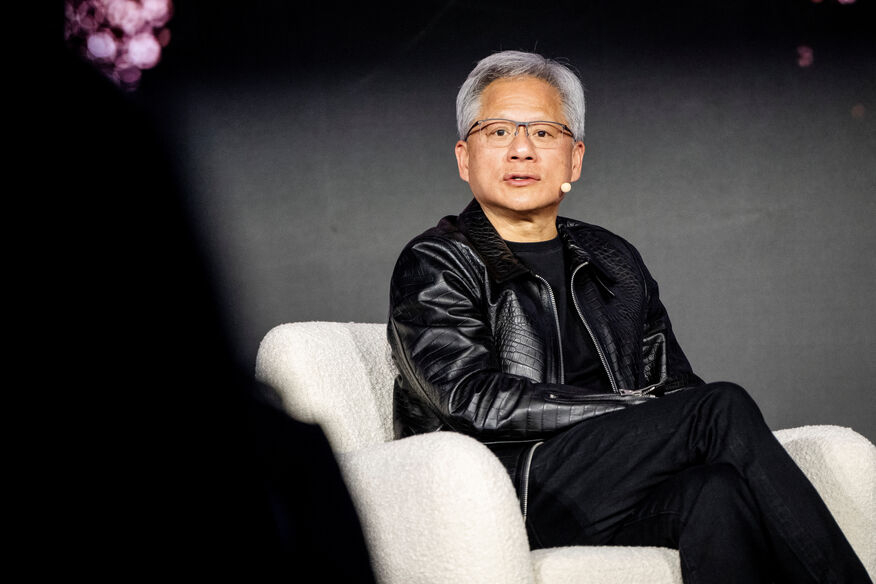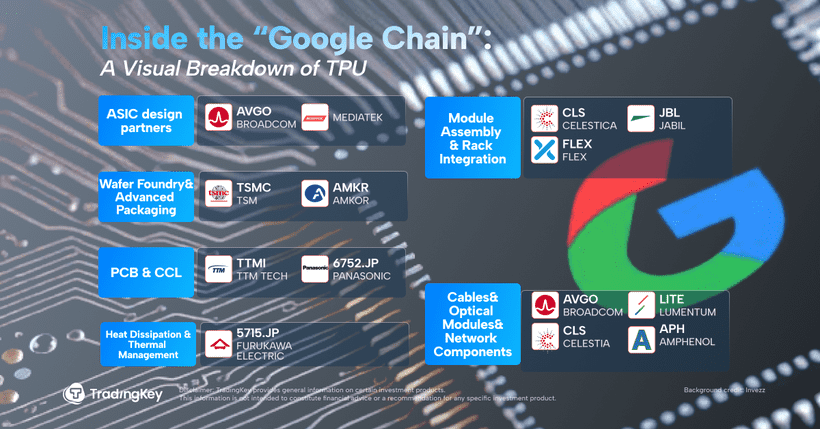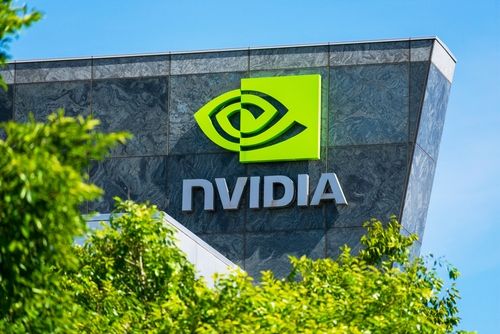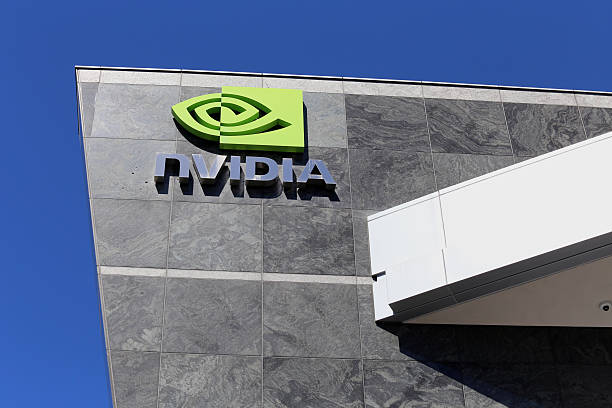[Reuters Breakingviews] Nvidia is AI, but only for so long

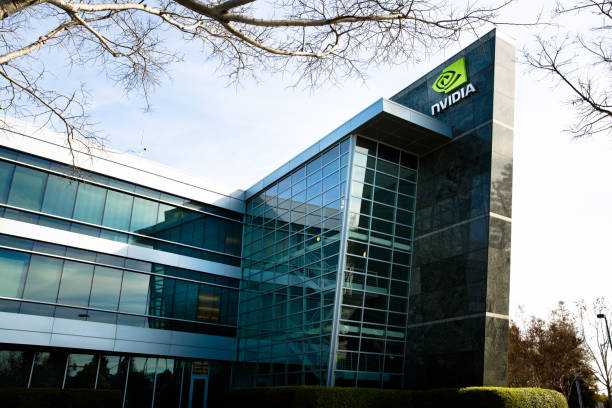
By Jonathan Guilford
NEW YORK, Aug 28 (Reuters Breakingviews) - Nvidia NVDA.O and artificial intelligence are practically synonymous. Its class-leading chips are essential: the more efficiently they can crunch bits, the better or cheaper models from the likes of OpenAI or Anthropic can run. That made the strong financial results it reported on Wednesday, including 56% year-over-year growth to $47 billion in revenue, practically an inevitability. After all, when a fellow tech titan spends on AI, it’s spending on Nvidia. The schism between the United States and China threatens that ubiquity.
It is hard to overstate the importance of the $4 trillion company led by Jensen Huang. Technical papers detailing new AI models benchmark their training time in hours of processing expended on Nvidia’s products. When an executive like Elon Musk talks about building gigantic computing hubs, he measures them in multiples of its H100 chip.
This translates to enormous profitability. Nvidia's gross margin, at around 73%, towers above rivals like AMD AMD.O.
All of this, despite a big obstacle: the trade war. The Trump administration in April briefly banned sales of even a cut-down chip, purpose-made for the People’s Republic, dubbed the H20. The company previously put the damage at $8 billion of foregone revenue this quarter. As it is, the one blemish in Wednesday’s numbers was that data center sales – the core of the AI boom – came in a hair lower than expected. A global boost would have helped.
Nvidia’s forecast for the quarter to come nonetheless met analysts' expectations, per Visible Alpha, even while factoring in no H20 sales. That’s probably safe: Beijing is urging domestic firms to shop local from the likes of Huawei or buzzy upstart Cambricon Technologies, according to media reports. Even if geopolitical issues subside, Nvidia says it foresees up to $5 billion in revenue from its made-for-China chip over the next three months, well below the previous implied run-rate.
It’s still a lot of value resting on trans-Pacific disputes. Annualize that figure, put it on the roughly 18 times next-twelve-months’ revenue at which Nvidia trades, and it’s worth about $366 billion.
Huang sets his sights even higher, estimating China to be a $50 billion opportunity that will grow 50% annually. The risk, though, is that as the world's two largest economies separate, Nvidia and AI will no longer be quite so intertwined. Some amount of research effort will now be devoted to developing alternative chips and software, even if competing products from Huawei and peers aren’t yet equivalent. Human intelligence, still a crucial input, will strive for breakthroughs elsewhere. The cost of losing those advances is far more difficult to calculate.
Follow Jonathan Guilford on X and Linkedin.
CONTEXT NEWS
Chip designer Nvidia on August 27 reported $46.7 billion in revenue for the quarter ending July 27, a 56% increase from the same period a year prior.
Sales in its data center segment rose to $41.1 billion, narrowly missing analyst expectations, according to Visible Alpha data. The company forecasts sales in the current quarter of $54 billion, above analyst estimates of $53.8 billion.
On a call with analysts, CEO Jensen Huang said that the Chinese market would have represented a $50 billion opportunity this year if the company were allowed to fully address it, and that this could grow by 50% annually. The Trump administration briefly restricted exports of the H20 chip, which Nvidia designed to meet restrictions on sales to China, before later reversing its decision. However, officials have “expressed an expectation” that the U.S. government will receive 15% of any revenue generated from licensed sales of the chip.
AI vaults Nvidia's market value to the top of the pack



